Did you know that over 14 million households in the United States own freshwater fish? It’s a fun and relaxing hobby for many. People love creating community tanks with fish that are both vibrant and peaceful.
These fish usually live well together and don’t fight over space. Schooling fish, they are called, enjoy being in groups and fit in different water types well. In this article, we’ll help you choose the best fish. We’ll talk about their behavior, what tanks they need, and how to care for them.
Table of Contents
Key Takeaways
- Peaceful freshwater fish are ideal for both new and expert fishkeepers.
- Community tanks are best off without fish that like to claim areas.
- Fish that swim in schools are great since they do well in different waters.
- Knowing what each fish needs helps keep your fish happy and healthy.
- Making a peaceful fish tank is a fun and calming hobby.
Neon Tetra: A Bright and Peaceful Community Fish
The neon tetra is a favorite among freshwater fish lovers. It shines with red and blue hues. This makes it a top choice for many aquariums. We will explore why it’s loved by fish keepers of all levels.
Characteristics and Behavior
Neon tetras are fascinating and peaceful. They are best kept in groups of six or more. Their tiny size, up to 1.5 inches, lets them move elegantly. This creates a beautiful glimmer. Due to their friendly nature, they get along well with other calm fish.
Ideal Tank Conditions
In order for neon tetras to thrive, their home should match their natural environment. A tank filled with plants, rocks, and places to hide will keep them happy. They can live in various water conditions. Yet, for the best health and color, keep the water between 70 to 81°F. The pH level should be slightly acidic to neutral (6.0-7.0).
Care Tips
Neon tetras are easy to take care of, which is great for new fish parents. You should regularly change their water. They do best on a diet of high-quality flake food, and occasionally treat them with daphnia or brine shrimp. Watching them often helps you spot any problems early. This keeps your tank peaceful and healthy.
Guppy: Colorful and Friendly Residents
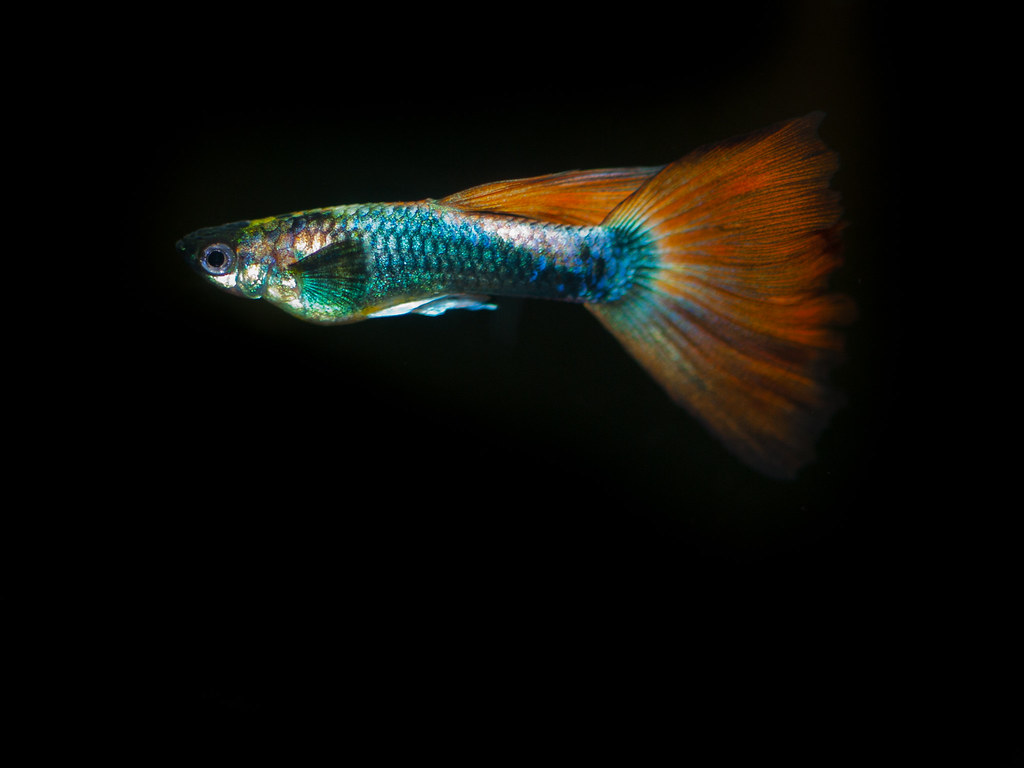
Guppies are known for their bright colors and active nature. This makes them a top pick for people who enjoy fishkeeping. They add life and peace to any aquarium they inhabit.
Varieties and Colors
Guppies come in many colors and patterns. You’ll find them with short, fancy tails or long, flowing ones. They show off a rainbow of colors, making them a joy to look at. As an easy to care for freshwater fish, guppies do well in clean tanks.
Feeding Requirements
Guppies eat many kinds of food. They enjoy flakes, frozen treats, and live snacks. This makes them perfect for aquariums with other fish. Feeding them right keeps them healthy and their colors bright.
Breeding and Gender Differences
Guppies love to have babies, and they have them alive. Male guppies are colorful with long tails, while females are plainer. This makes it easy to tell them apart, especially when they’re ready to mate.
Guppies are great for anyone who loves fish. They’re not only beautiful but also easy to take care of. Their lively nature stands out among peaceful freshwater fish.
Cherry Barb: Vibrant and Sociable
The Cherry Barb stands out in every tank it’s in. It catches eyes with its bright colors. It’s a great fish for anyone who loves beauty and peace in their tank.
Appearance and Habitat
The cherry barb is red and beautiful, especially the males. They look best in tanks with lots of plants. A home with hiding spots and dense plants would be perfect for them.
Behavior and Tankmates
These fish are full of life and love making friends. Though many think all barbs are mean, cherry barbs are friendly. They get along well with other calm fish in the tank.
Let’s compare cherry barbs to some other friendly, community fish:
| Species | Ideal Tank Setup | Behavior |
|---|---|---|
| Cherry Barb | Planted tank with dense vegetation | Sociable, minimal aggression |
| Neon Tetra | Planted tank with driftwood | Schooling, peaceful |
| Guppy | Moderately planted tank | Friendly, lively |
Platy: Easygoing Freshwater Fish
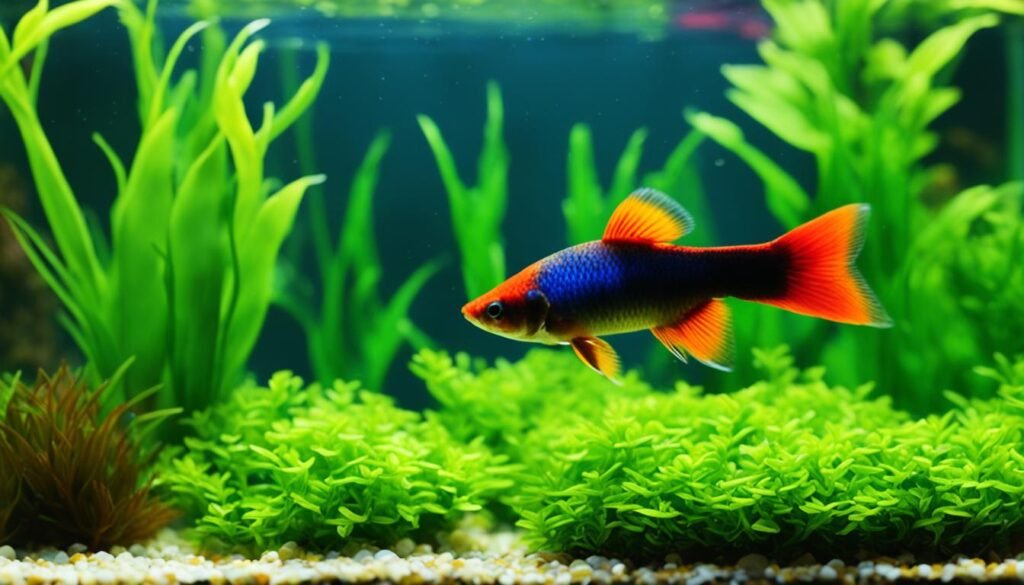
The Platy is a great choice for first-time fish owners. It comes in bright colors and is fun to watch. These fish make any tank more lively and are happy in various conditions. This makes them a top pick for everyone from newbies to fish experts.
Variety of Patterns
The Platy draws people in with its many patterns and colors. With types like the red wag and yellow Platy, every tank looks better. They don’t just look pretty; their looks help you tell them apart.
Tank Environment
Platies are easy to care for freshwater fish because they can live in many tanks. They like it warm, between 70 and 82°F, with a pH from 7.0 to 8.2. Give them space to explore and hide, with plants and rocks to help.
Platies get along well with other beginner friendly freshwater fish. Feeding them is easy with food like flakes and occasional treats.
| Criteria | Details |
|---|---|
| Temperature | 70-82°F |
| pH Level | 7.0-8.2 |
| Diet | Flakes, pellets, live/frozen foods |
| Compatibility | Highly compatible with beginner friendly freshwater fish |
Overall, Platies are both pretty and easy to care for. They’re a great catch for anyone interested in fish, no matter your experience.
Corydoras Catfish: The Gentle Bottom-Dwellers
Corydoras Catfish, or Cory Cats, are known for their gentle ways. They clean up the tank bottom and are great fun to watch. These peaceful friends are loved by new and experienced fish keepers alike.

Feeding Habits
These fish eat from the bottom of the tank. Their meal includes sinking items such as pellets and wafers. They also enjoy a treat of live or frozen food. It’s important to feed them right, so their food reaches the tank’s bottom.
Substrate Preferences
Choosing the right ground is key for Corydoras Catfish. They like sand or fine gravel because it’s soft. This kind of ground keeps their feelers safe while they look for food. A good ground also helps them feel at home and act naturally.
Group Behavior
Corydoras Catfish love to be around others of their kind. They’re very sociable and like to swim in groups. Keeping at least six of them together is best. It makes them happier and more interesting to watch.
Zebra Danio: Lively and Resilient
The zebra danio is known for being lively and tough, which makes it perfect for people wanting a easy to care for freshwater fish. With their unique stripes, these small fish can live in many tank conditions. They get along well with others and love being in groups where they swim together.

They eat both fish flakes and live food, so feeding them is easy. But because they like to jump, you need a covered tank. This keeps them safe and happy in their home.
These fish bring life to community tanks with their energy and color. Here’s a summary of their important traits:
| Trait | Details |
|---|---|
| Size | Up to 2 inches |
| Diet | Omnivorous (flakes, frozen foods, live foods) |
| Tank Conditions | Flexible, but prefers covered tanks |
| Social Behavior | Schooling, prefers groups |
| Compatibility | Highly compatible with other peaceful freshwater fish species |
Choosing zebra danios makes your aquarium vibrant and easy to manage. They are a favorite among fish keepers for their energy and how they get along with others.
Honey Gourami: Sweet and Peaceful
The Honey Gourami is peaceful and perfect for new fish keepers. It adds a lovely touch to any freshwater tank. This fish is easy to care for and friendly.
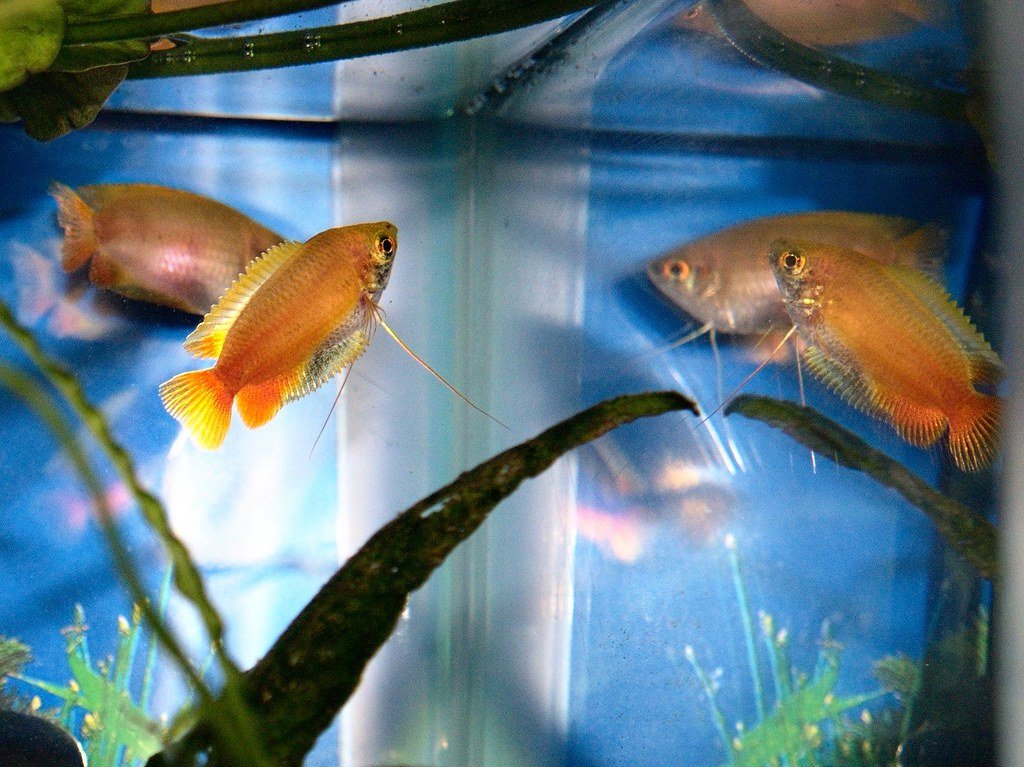
Appearance and Color Variations
Honey Gouramis have a gentle, honey color, drawing you in. They come in many colors, like the quiet Powder Blue and bright Flame Dwarf. These differences make your tank beautiful.
Tank Conditions
They need a home that feels like their natural waters. Keep it warm and add plants. A clean and stable tank is vital for their peaceful nature.
Common Health Issues
These fish are tough but can argue, mostly if the space is small. Watching them and giving enough room and hiding places helps. Also, keep the water clean for their health and a long life.
Otocinclus Catfish: The Algae-Eating Specialist
Otocinclus Catfish are well-known for eating algae in tanks. They’re a perfect choice for tanks with calm fish. Plus, they stay small, usually around 2 inches. This makes them great for tanks of all sizes.
These little fish love places with lots of plants. The plants give them food and a place to hide. They’re shy and like living in groups of six or more. Being in a group makes them feel safe.
Otocinclus Catfish are great friends with other peaceful fish. When they live with calm fish, they do a great job of keeping the tank clean. They are key members of a happy tank community.
| Characteristics | Description |
|---|---|
| Species | Otocinclus Catfish |
| Size | Up to 2 inches |
| Diet | Primarily brown algae |
| Group Requirement | Minimum of 6 to thrive |
| Compatibility | Other peaceful freshwater fish species |
Kuhli Loach: The Eel-Like Adventurer
The kuhli loach is a cool fish to add to your aquarium. It looks like an eel and is really interesting. Fans love them for being calm and fun to watch.
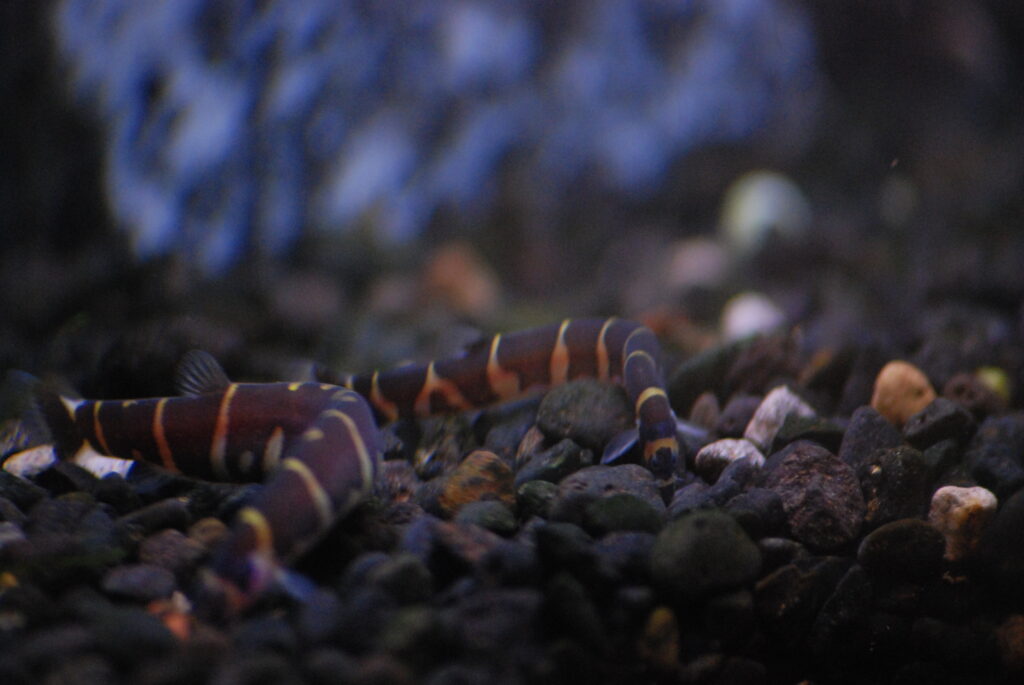
Behavior in the Tank
These loaches are night owls. They swim around when it’s dark, making friends with other quiet fish. Their long, slim shapes let them go anywhere in the tank, which is pretty cool to see.
Hiding Spots and Décor
If you want your kuhli loach to be happy, fill their tank with places to hide. Things like caves, plants, and wood make them feel at home. A nicely decorated tank makes them feel safe and happy, making your tank a better place.
Here’s a table to show why kuhli loaches are great with chill fish:
| Characteristic | Kuhli Loach | Other Peaceful Freshwater Fish |
|---|---|---|
| Appearance | Elongated, eel-like body | Varies (e.g., brightly colored Neon Tetras, finned Guppies) |
| Behavior | Nocturnal, exploratory | Mostly diurnal, shoaling |
| Tank Requirements | Hiding spots, soft substrate | Varies (e.g., free-swimming space for Tetras) |
| Compatibility | Compatible with other peaceful species | Generally community-friendly |
Peaceful Freshwater Fish: A Diverse Selection for Community Tanks
For a peaceful community tank, choose many gentle freshwater fish. They make the tank look lively yet calm. It’s key to meet the needs of each fish for everything to work well together.
Make sure the fish you get fit well together in size and personality. For example, pairing tiny, bright Neon Tetras with mild Corydoras catfish makes a beautiful tank. This way, you can see the best of each fish’s looks and actions.
Let’s look at some top choices for a lively freshwater aquarium fish tank:
| Species | Size | Temperament | Ideal Tank Conditions |
|---|---|---|---|
| Neon Tetra | 1.5 inches | Peaceful | Planted tank with hiding spots |
| Corydoras | 2.5 inches | Peaceful | Sandy substrate, group of 4+ |
| Honey Gourami | 2 inches | Docile | Low current, planted tank |
| Cherry Barb | 2 inches | Sociable | Community tank, various plants |
| Otocinclus Catfish | 2 inches | Shy | Planted tank, group of 6+ |
Building a thoughtful community tank is about peace and variety underwater. Each fish brings a special touch, creating a united and interesting tank.
Conclusion
Our trip into the world of calm, freshwater fish showed us many peaceful species. They can turn any tank into a peaceful underwater home. From bright Neon Tetras to gentle Corydoras Catfish, these fish are great for beginners and experts alike.
Building a community tank is more than adding different fish. It’s about knowing what each fish needs and likes. This helps them live well together. With some research and a good plan, anyone can make a tank that is beautiful and balanced. This makes the fish happy and healthy.
Having a peaceful, freshwater tank means enjoying a hobby that relaxes and makes you happy. By choosing the right fish and setup, you can create a successful, peaceful tank. Looking back, this journey has taught me that this kind of work offers more than just a nice tank. It also brings joy and pride.
FAQ
What are some of the best freshwater aquarium fish for beginners?
How do I care for Neon Tetras in a community tank?
What should I feed my Guppies?
Are Cherry Barbs suitable for community tanks?
What are the tank requirements for Platies?
What type of substrate is best for Corydoras Catfish?
How resilient are Zebra Danios to different water conditions?
What should I consider when keeping Honey Gouramis?
How do Otocinclus Catfish contribute to the tank’s ecosystem?
What are Kuhli Loaches’ special tank needs?
How can I create a successful community tank with peaceful freshwater fish?
References
American Livebearer Association
Federation of American Aquarium Societies
Aquarium and Tropical Fish Association (ATA)
National Aquarium Society (NAS)
Ornamental Aquatic Trade Association (OATA)
I am a passionate aquarist with over 30 years of hands-on experience in fishkeeping. My journey began at a young age, collecting fish from the wild and learning through experimentation. Specializing in tropical fish, I bring a deep understanding of the hobby to FishKeepingMadeSimple. The site provides honest, detailed reviews of essential products and accessories to help fellow enthusiasts create the best environments for their fish.

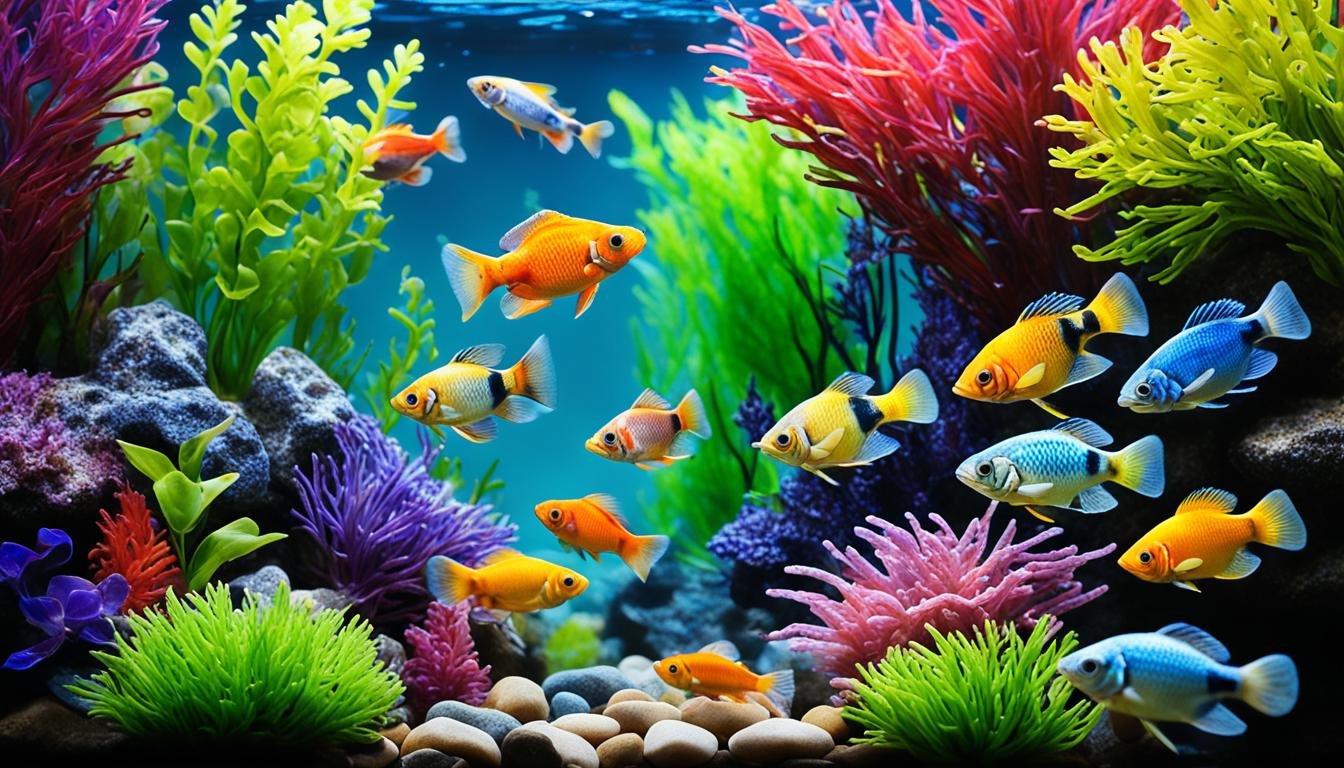


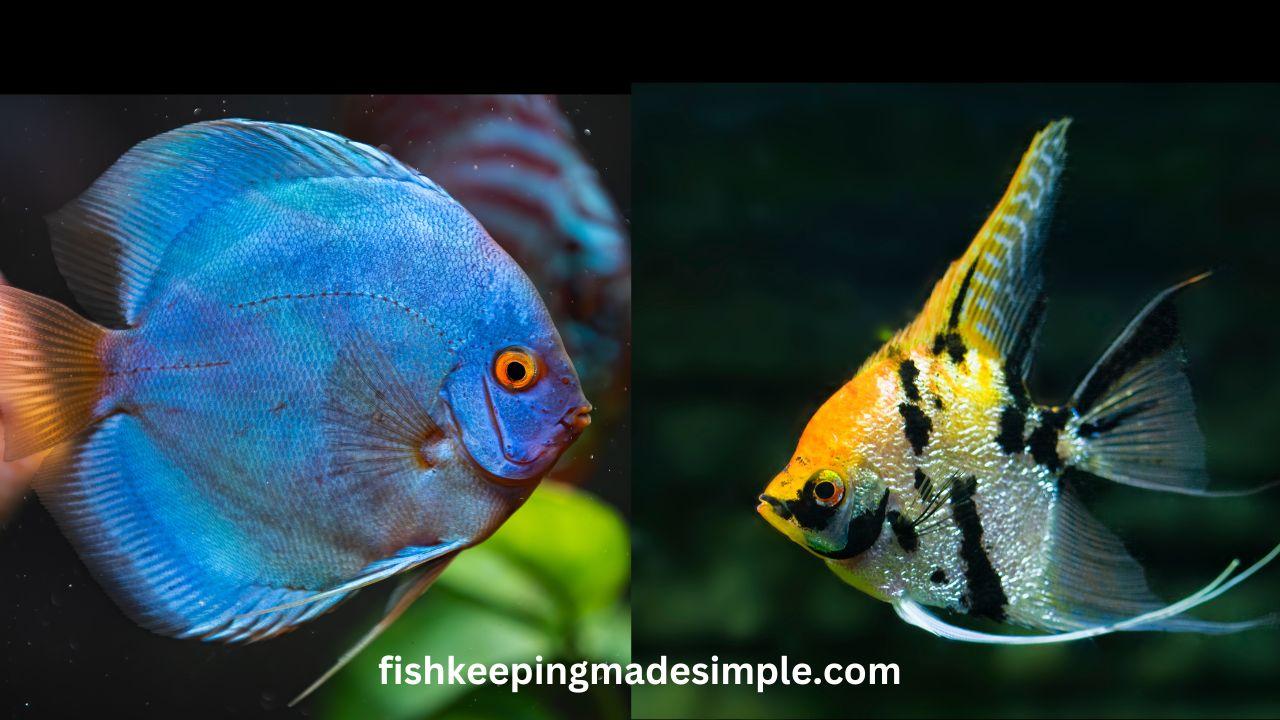
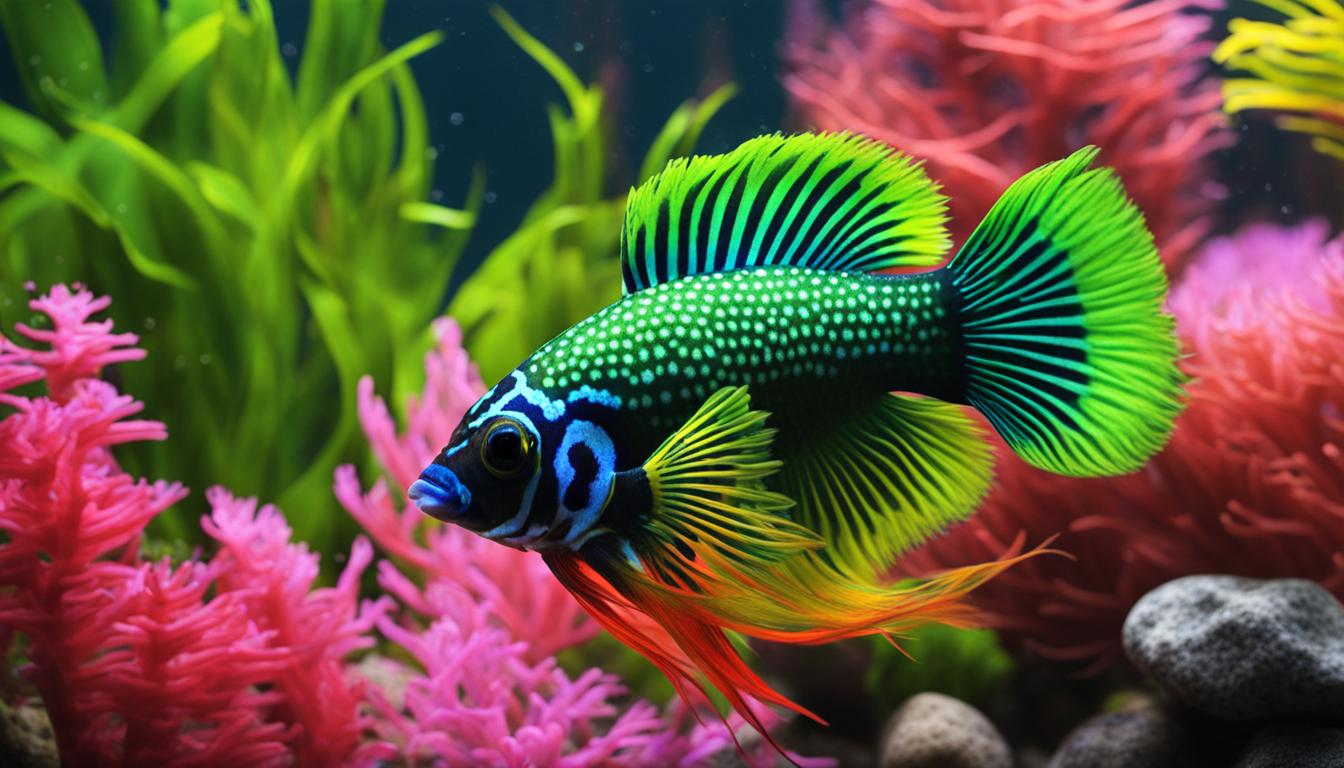

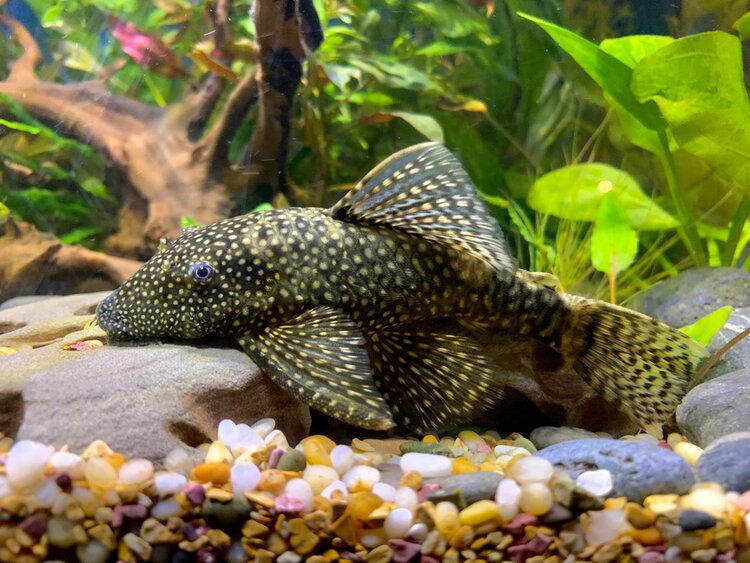
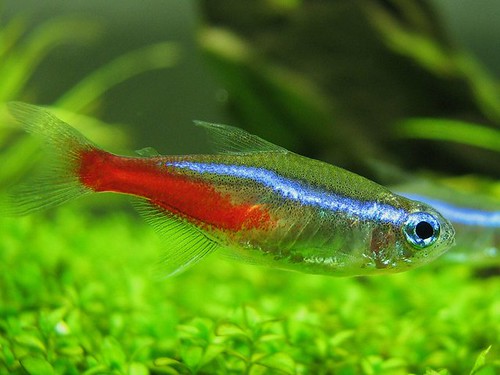
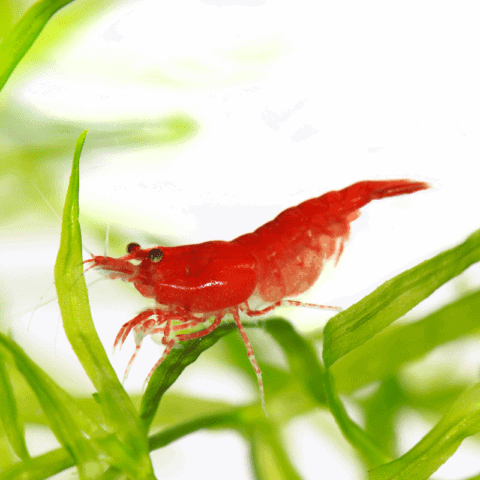
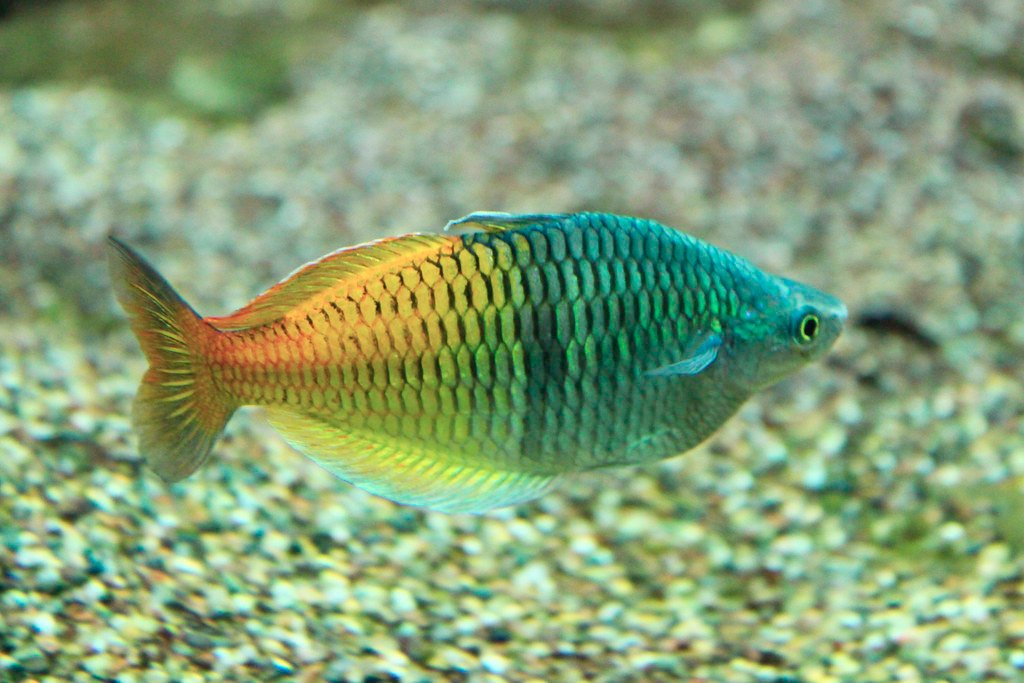
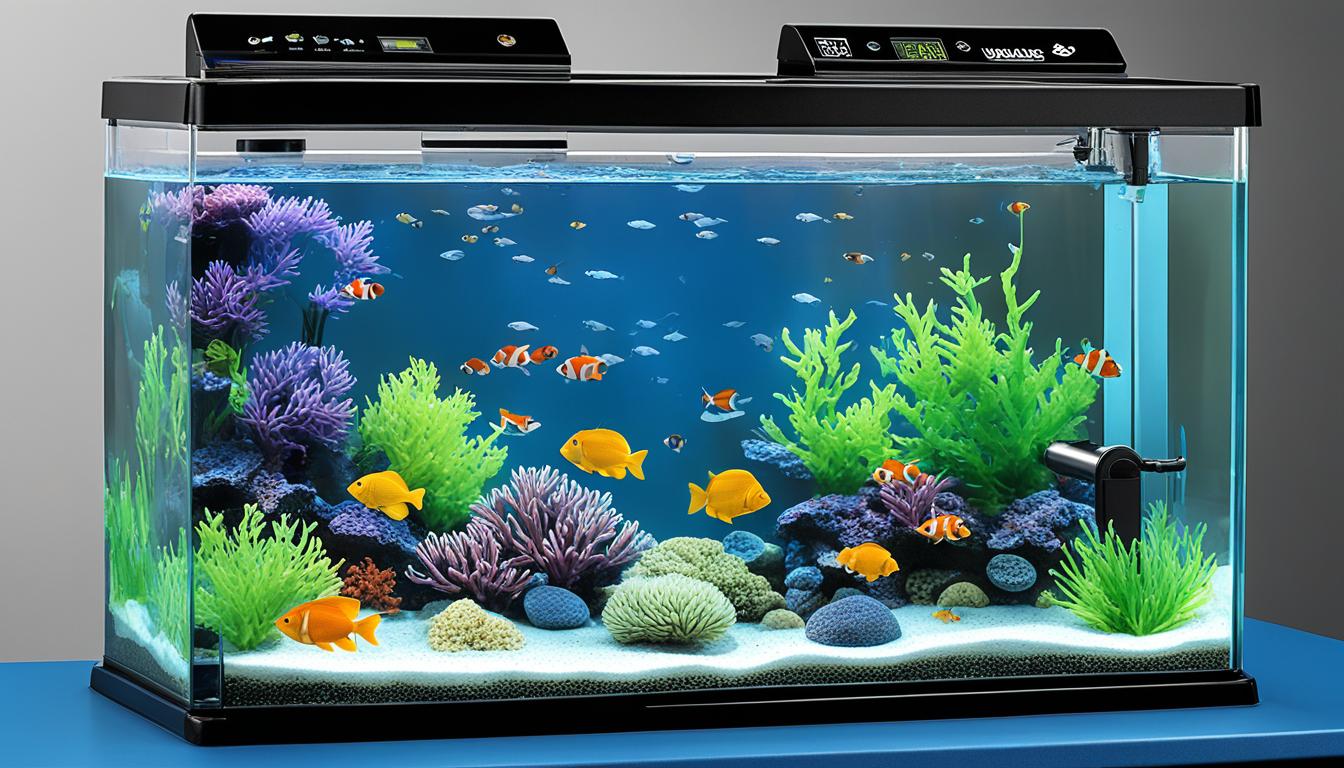
[…] Small, peaceful community fish […]
[…] as Herotilapia multispinosa, are colorful dwarf cichlids that originate from Central America. These peaceful fish can be kept in a community tank with other medium-sized species, making them a great addition to […]
[…] crucial to set up enough hiding places for them. This makes the fish feel safe and helps keep peace with other fish. Watching them in their tank, you can see them as they explore and show who’s […]
So, older ladies in porn may not be as spry as they was previously, but don’t underestimate grandmas when it comes to offering a killer blowjob! Despite their age, they can still take charge and have a good time. In a few scenes, they’re the ones at the forefront and having a great time with youthful dudes. Grandmas in porn aren’t afraid to accomplish whatever it takes to please themselves and others. They could be depicted as desperate and seductive, however they definitely understand how to have a good time! Now, not everyone feels comfortable discussing this type of porn. MILF porn, certain, most people have seen that. But NUDE GRANNY porn? That is clearly a little more controversial. It’s regarded as taboo and not widely accepted. But hey, in the event that’s your point, no judgment here! A lot of folks actually watch older porn and it’s really pretty popular.
[…] peaceful fish that are compatible with discus fish and can add vibrant colors to the […]
[…] Corydoras Catfish are peaceful and social creatures that thrive in groups of five or more. They are active during the day and spend most of their time scavenging for food at the bottom of the tank. Their peaceful nature makes them a popular choice for community tanks with other peaceful fish. […]
[…] of discus fish is also important. Discus fish are known to establish a pecking order, with dominant fish at the top of the hierarchy and submissive fish at the bottom. As such, it’s crucial to avoid adding too […]
[…] peaceful fish gets along well with other tank mates and has a gentle temperament. Whether you are a seasoned fish […]